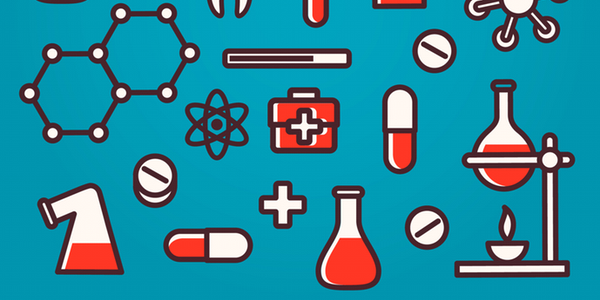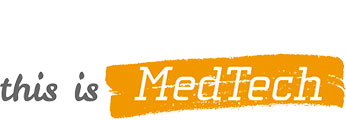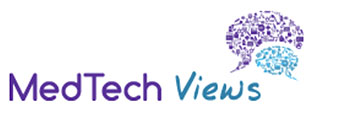European In Vitro Diagnostics Industry – Facts and Figures
Scientific understanding of the nature of health and well-being is constantly improving. Life expectancy at birth for a European citizen is now 30 years higher than it was a century ago. In vitro diagnostic tests are playing a major role in increasing this knowledge base, providing insights into the links between individuals, their illnesses and their treatment.
However, this increase in life expectancy has brought new challenges. Healthcare costs now accounts for more than 10% of GDP in Europe[1]. An ageing population, with higher levels of costly chronic conditions, will place an increasing strain on healthcare systems at a time when budgets are under pressure.
Contribution to Healthcare Efficiency
To remain sustainable, these healthcare systems need to find ways to become more efficient. IVDs can make an important contribution towards addressing this problem, at a minimal cost.
- There are more than 40,000 different IVDs products available, providing information to doctors and patients on a huge range of conditions;
- Yet IVDs cost remarkably little – total expenditure was equivalent to €21 per person per year. This is less than most people spend on their mobile phone each month, and less than 1% of all healthcare expenditure[2].
- By comparison, healthcare expenditure on pharmaceuticals is almost €230 billion – more than €450 per head of population per year[3].
Contribution to the European economy
The in vitro diagnostic industry in Europe not only contributes to the health of population, but also to the well-being of the European economy.
- With net sales of €11 billion the IVD industry contributes less than 1% of the entire EU healthcare[4].
- The IVD industry provides direct employment for 75,000 people in Europe – that is three times as many people that work for the European Commission[5].
Contribution to Research and Innovation
Europe 2020 is the EU’s growth strategy for the coming decade. Innovation is one of the core pillars of this strategy, the IVD industry makes an important contribution:
- The IVD industry reinvests between 12% – 15%[6] of its revenue into R&D, making it one of the most R&D intensive sectors on par with the pharmaceutical industry in Europe. By comparison, Europe’s software and computer services industry reinvests only 9.6% of sales[7];
- From a workforce of 75,000, more than 8,000 people are directly involved in research and development – 11% of all employees.
- Small and Medium-sized Enterprises (SMEs) are recognised as the engine of innovation[8]. Of the 3,000 companies in the IVD sector, over 95% are SMEs. The research-based pharmaceutical industry has only 1,000 SMEs in total.[9]
[1] Weighted average. Source: WHO Global Health Expenditure Database, Eurostat, MedTech Europe calculations.
[2] Source: 2011 EDMA Market Statistics Report
[3] Source: “The Pharmaceutical Industry in Figures: Key Data 2012” European Federation of Pharmaceutical Associations and Industries; MedTech Europe calculations
[4] Source: 2011 EDMA Market Statistics Report
[5] http://ec.europa.eu/civil_service/docs/europa_sp2_bs_sexe_x_age_en.pdf
[6] 2011 EDMA About In Vitro Diagnostics publication.
[7] 2012 EU Industrial R&D Investment Scoreboard, European Commission, JRC /DG Research & Innovation
[8] http://ec.europa.eu/research/sme/leaflets/en/intro02.html
[9] http://www.pharmatimes.com/Article/13-02-28/EU_pharma_SMEs_seeing_growing_success_report.aspx
Posted on 01.01.2014



